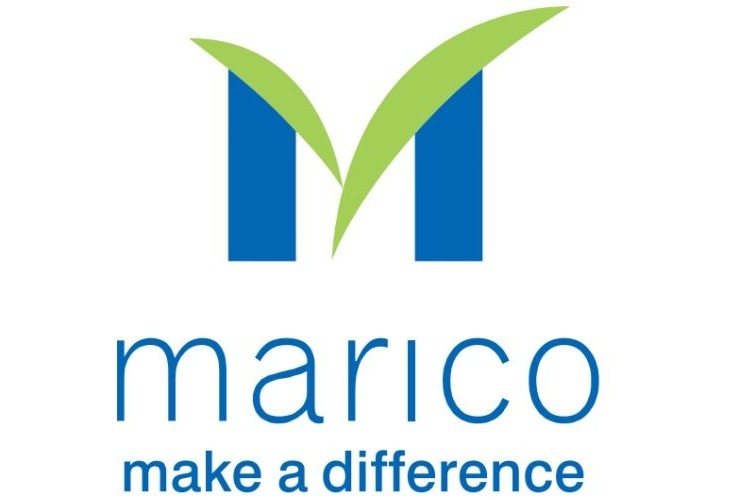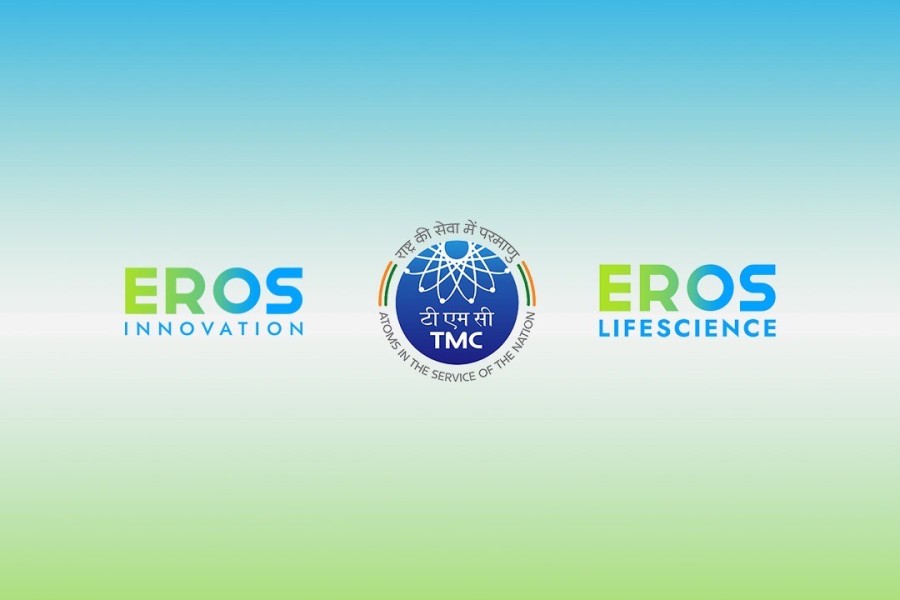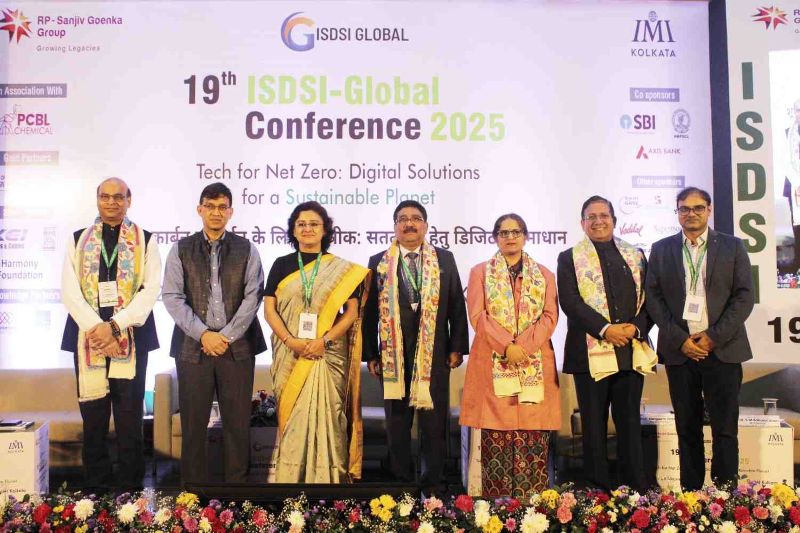New Delhi, June 26, 2025: In a pivotal moment for corporate sustainability worldwide, the Global Reporting Initiative (GRI) has unveiled its much-anticipated GRI 102: Climate Change and GRI 103: Energy standards. These are not just updates—they represent a transformative shift in how companies report and act on climate and energy-related impacts, with an unprecedented focus on social equity and cross-framework alignment.
A New Era in ESG Accountability
The two newly released standards, which go into effect from January 1, 2026, are the first topic-specific updates under GRI’s Universal Standards launched in 2021. Their significance is twofold: they require deeper transparency on how businesses affect the climate and energy systems, and they introduce social considerations—especially for workers and communities—into the heart of climate reporting.
At the core of GRI 102: Climate Change lies a broader framework that mandates organizations to disclose:
- Greenhouse gas emissions (Scopes 1–3)
- Use of carbon credits and removals
- Physical and transition risks due to climate change
- Adaptation and mitigation strategies
- Just transition impacts on vulnerable populations, including Indigenous Peoples
Complementing it, GRI 103: Energy expands disclosures on:
- Energy consumption by source
- Energy efficiency initiatives
- Energy intensity ratios
- On-site renewable generation
- Environmental and social impacts of energy use
These standards are voluntary yet globally recognized, and are expected to shape both corporate behavior and stakeholder expectations in profound ways.
Bridging Frameworks: A Win for Reporting Efficiency
In a world where sustainability leaders grapple with overlapping frameworks, GRI’s alignment with global standards is a strategic win. The new standards are fully interoperable with:
- IFRS S2, the International Sustainability Standards Board’s (ISSB) climate-related disclosure rules
- EU ESRS, particularly ESRS E1 on climate
- The Greenhouse Gas Protocol
- The Science Based Targets initiative (SBTi) Net-Zero Standard
This cross-compatibility means companies can produce one set of GHG disclosures that meet the demands of multiple regulators and markets—drastically reducing the reporting burden.
As Sue Lloyd, Vice-Chair of the ISSB, affirmed:
“The interoperability between GRI and IFRS S2 allows companies to report GHG emissions once and meet the requirements of both.”
A Human-Centric Climate Lens
Perhaps the most notable breakthrough is the inclusion of just transition indicators in GRI 102. In doing so, GRI has elevated the conversation from emissions and energy to equity and ethics. Organizations must now report on how their climate transition strategies affect jobs, communities, and livelihoods.
This aligns well with the core ethos of TheCSRUniverse—that climate action cannot come at the expense of human dignity.
“Climate change is a deeply human issue,” said GRI CEO Robin Hodess. “These standards allow transparency that drives real action—not just by companies but across society.”
Guided by Consultation, Driven by Purpose
The standards were shaped through an extensive two-year global consultation involving businesses, NGOs, academia, and civil society. Public input was collected between November 2023 and February 2024, and the resulting feedback has strengthened the rigor and clarity of both standards.
GRI has also launched training modules, FAQs, and an early adopter program to support companies in implementation—signaling its commitment to not just setting expectations, but enabling compliance.
Analysis: Why This Matters Now
As sustainability reporting becomes increasingly regulatory, comparative, and investor-driven, these GRI standards arrive at a critical inflection point:
- For Indian and Global Companies: With increasing scrutiny from SEBI, EU regulators, and investors, aligning with GRI 102/103 ensures preparedness and credibility.
- For ESG Professionals: These standards provide a roadmap to integrate climate action with social performance—a dual mandate now demanded by regulators and the public alike.
- For Civil Society: By mandating disclosures on impacts to marginalized communities, these standards open a window into corporate accountability beyond carbon metrics.
This isn’t just about compliance—it’s about embedding climate justice into corporate strategy.
What Should Companies Do Next?
To align with GRI 102 and 103, companies should:
- Conduct a climate and energy disclosure gap analysis
- Strengthen data systems to track energy consumption, GHG emissions, and social impacts
- Design robust climate transition plans with measurable KPIs
- Engage communities and workers in adaptation and mitigation strategies
- Participate in GRI’s support initiatives to ease the transition
TheCSRUniverse View
At TheCSRUniverse, we believe these new standards from GRI mark more than a procedural update—they symbolize a paradigm shift. No longer can climate reporting be confined to kilowatts and carbon. It must now reckon with human consequences, social resilience, and equitable transitions.
As India accelerates its Net Zero journey and companies face mounting stakeholder pressure, GRI 102 and 103 offer a timely, actionable framework. They blend climate ambition with social responsibility—the essence of true sustainability.








.jpg)







.jpg)




